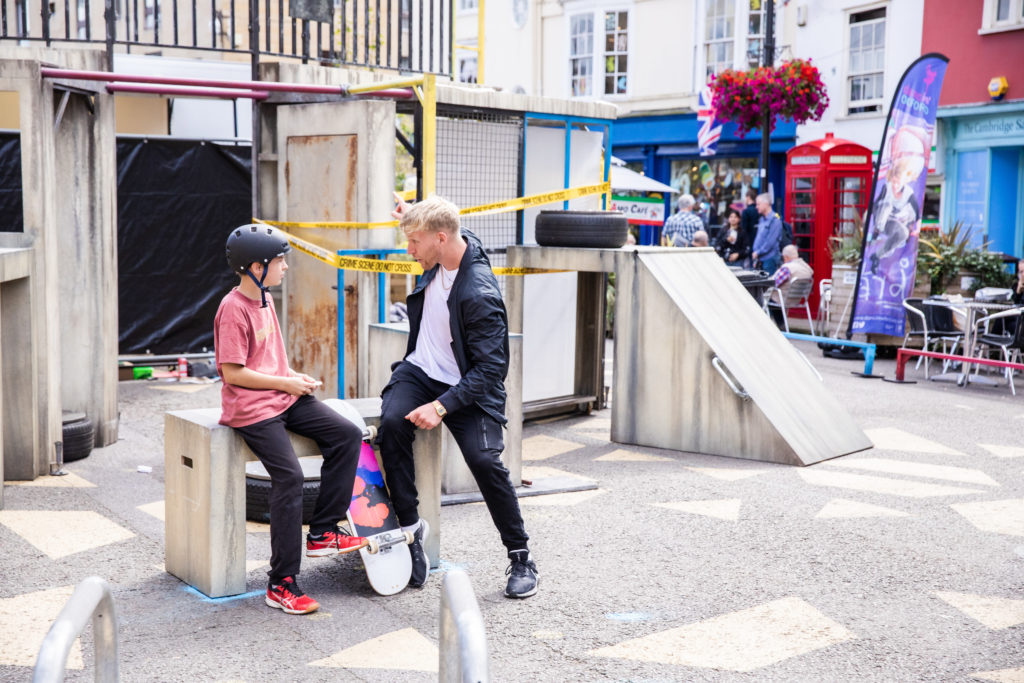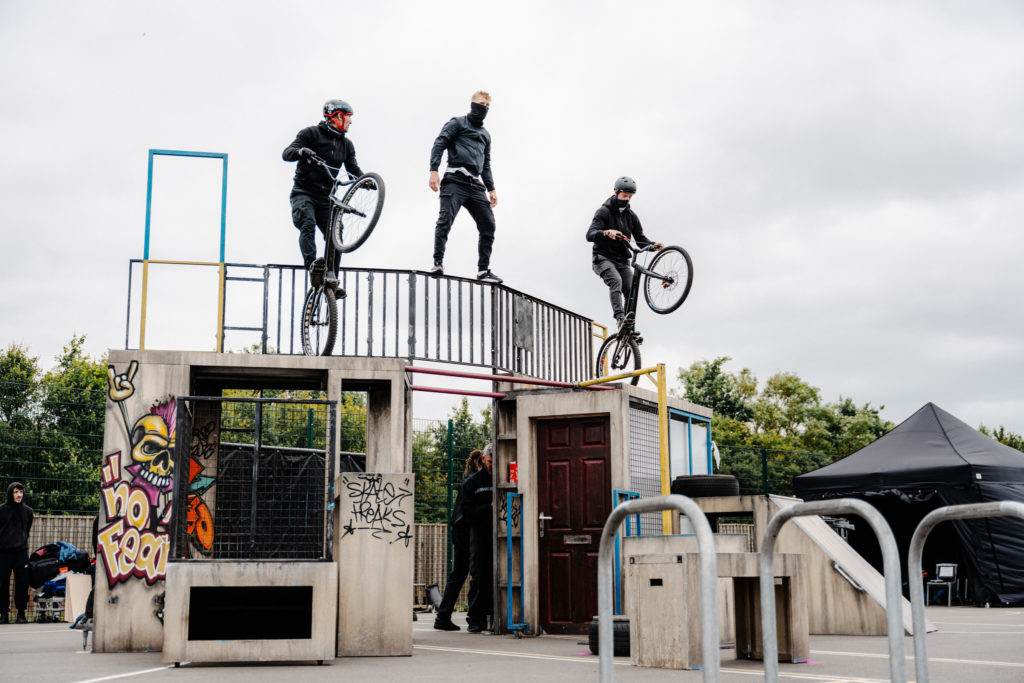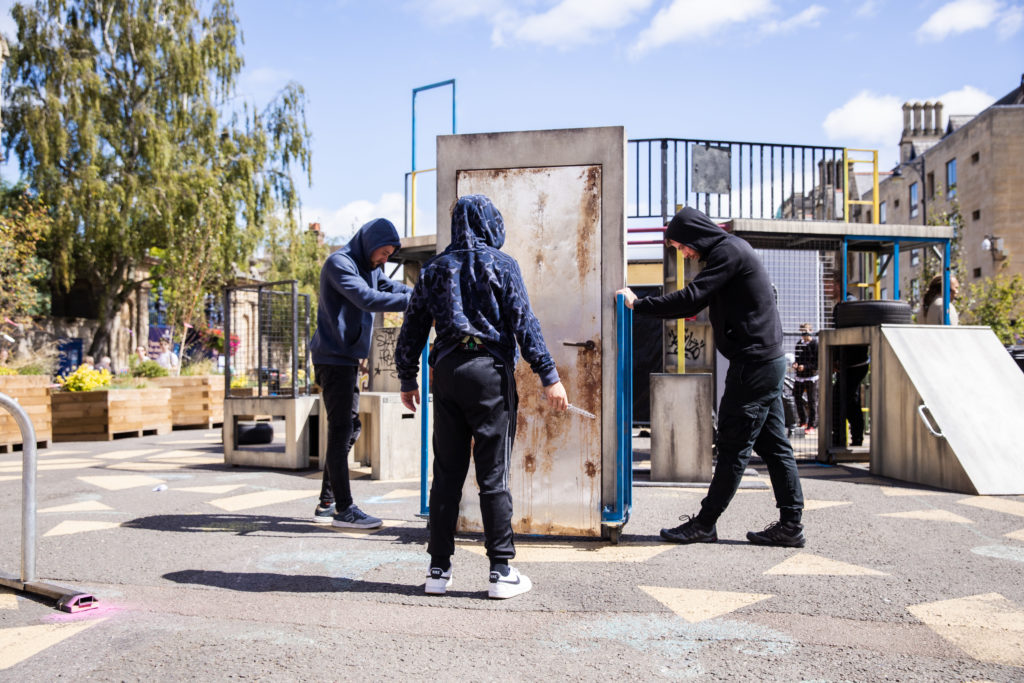Innocent victims

The police face many difficult problems in identifying and locating county lines gangs and their operations.
Gangs recruit young people through social channels and use ‘burner’ or untraceable phones for sending messages. Children and young people act as mules and messengers, to avoid suspicion and keep senior gang members out of the spotlight. Children are cheap and will do as they’re told.
County lines distribution networks are set up away from home territory and spread all over the country (up to 90% of the police forces in the UK have tackled county lines in their area).
They will disguise their activity by stealing a house or ‘cuckooing’, usually keeping the home owner subdued by some form of coercion. This becomes the ‘trap house’ where drugs are sorted, weighed, packed and distributed.
Weapons are often involved, especially knives. The young people, sent out on errands may have a knife for ‘protection’ little realising that it has the opposite effect. Police state that you are three times more likely to be stabbed if you go out carrying a knife.
All of these actions are criminal offences.
Criminal gangs

The police face many difficult problems in identifying and locating county lines gangs and their operations.
Gangs recruit young people through social channels and use ‘burner’ or untraceable phones for sending messages. Children and young people act as mules and messengers, to avoid suspicion and keep senior gang members out of the spotlight. Children are cheap and will do as they’re told.
County lines distribution networks are set up away from home territory and spread all over the country (up to 90% of the police forces in the UK have tackled county lines in their area).
They will disguise their activity by stealing a house or ‘cuckooing’, usually keeping the home owner subdued by some form of coercion. This becomes the ‘trap house’ where drugs are sorted, weighed, packed and distributed.
Weapons are often involved, especially knives. The young people, sent out on errands may have a knife for ‘protection’ little realising that it has the opposite effect. Police state that you are three times more likely to be stabbed if you go out carrying a knife.
All of these actions are criminal offences.
The size of the problem

The criminal gangs are like a many headed hydra – close one down and another pops up elsewhere. In 2019 the Home Office launched the County Lines Programme. At the start of the programme it was believed that there were at least 1,000 county lines running in the UK.
Since 2019:
- 5,627 lines have been closed
- 16,536 arrests have been made
- 8,817 individuals have been referred to safeguarding
Today:
- 46,000 young people are believed to be involved in county lines
- 1 in 5 boys are being offered work inside a county lines operation
Over the past few years thousands of young people have attended presentations at school assemblies such as those that Justice in Motion are hosting during the current tour of CODE. This is where they learn about the dangers of county lines, knife crime and criminal gangs.
Knife crime and young people

Of equal concern is the nearly 3,400 knife or offensive weapon offences resulting in a caution or sentence committed by children in the year ending March 2023. This is a fall of 4% compared with the previous year, though 23% higher than ten years ago.
The most recent figures show that 98% of these knife or offensive weapon crimes were for possession and the remaining 2% for threatening with an offensive weapon. This ratio has broadly been the same for years.
Data for the year ending March 2023:
- 48,716 stabbings were recorded in 2023
- 1,438 hospital admissions of under 24s due to a knife/sharp instrument attack
- 82% of teen homicides were more likely to be by a sharp instrument (73% in 2021-22)
- 48 deaths by stabbing were recorded of under 16 year olds (29 boys, 19 girls)
Teen victims are more likely to be killed by a knife or sharp instrument than victims of all ages (41%). These weapons are often ‘Rambo’ or ‘Zombie’ knives that are easily available for sale on internet shopping platforms.
Use the CODE app

Justice in Motion created CODE to draw attention to County Lines and knife crime and how they affect young people. Those who have seen the show comment that the main character Nicki has a story that is highly relatable and a timely warning for all.
You might know someone like Nicki. Nicki could be a member of your family, a neighbour, yourself. CODE shows how easy it can be to become embroiled in a criminal gang and the statistics reveal how difficult it can be to get out of such a dangerous situation.
We have launched an app for audiences to find out more about the issues, facts and figures, where to find support and helplines for victims, those at risk, and their families or friends.
Download the CODE app hereFind out where you can see CODE